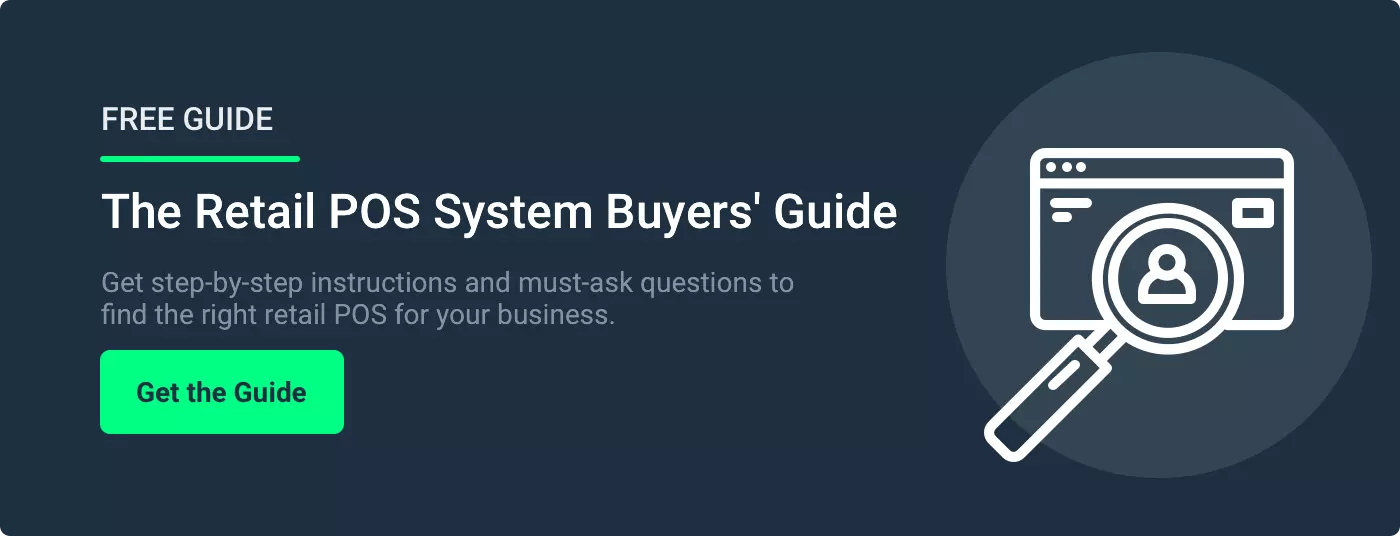Gross profit? Net profit? We just want more profit!
And you’re not alone. Every small business owner wants to increase their profit margins, but looking at gross and net profit margins is like trying to tell apart identical twins without knowing their unique characteristics.
While they may share many similarities, it's crucial to identify their distinct features to accurately understand and analyze their roles in a larger context.
This article will help you understand the differences between gross and net profit margins, why one is more important than the other, and how to boost your bottom line.
Understanding Gross Profit Margin vs. Net Profit Margin
Before we delve deeper, what are profit margins?
Simply put, a profit margin is the difference between how much money you make (your revenue) and how much it costs to make that money (your expenses).
Profit margins show how well your business is doing financially. A high profit margin indicates that your store is profitable after all costs have been considered. However, if it’s low, it might suggest that you need to reevaluate your business approach.
Healthy profit margins give you more resources to invest in your business, whether expanding your product range, hiring staff, or opening multiple locations. Your business is more attractive to potential investors with healthy profit margins.
POS Nation helps thousands of retailers increase profits. With our point of sale (POS) solution, you can easily monitor your profit margins in real time, allowing you to spot potential problems as soon as they arise.
You can also use our system to identify trends and top-selling items and make informed decisions about what to stock, when to run promotions, and how to improve the overall customer experience — this results in higher sales, happier customers, and higher profit margins.
Defining Gross Profit Margin
Before calculating your gross profit margin, calculate gross profit.
Gross profit = Revenue - Cost of Goods Sold (COGS)
In other words, gross profit is how much revenue remains after you subtract the costs tied to creating or providing what you sell. To get your gross profit margin, divide your gross profit by total revenue and multiply by 100 to turn it into a percentage.
A gross profit margin is an excellent tool for understanding your store's efficiency in making a profit from your core operations. High profit margins indicate you manage your purchasing costs well, whether buying wholesale inventory, negotiating with suppliers, or minimizing shipping and storage expenses.
Defining Net Profit Margin
First, determine net income:
Net income = Revenue - total expenses
Net income is your revenue minus the cost of goods sold and operating expenses. To get your net profit margin, divide your net income by your total revenue and multiply by 100 to turn it into a percentage.
Net income margins indicate the overall profitability of your store.
It considers all the operating expenses of running your store, including staff, administration expenses, interest, and taxes. A high net profit margin indicates that you’re managing your direct and indirect costs, making your store more profitable and successful.
Comparing Gross Profit Margin and Net Profit Margin
Let's look at a few scenarios to determine which is more important for your store.
Scenario 1
As a retail store owner, you want to optimize inventory and supply chain management. The gross profit margin can provide valuable insights into purchasing and inventory management strategies. Analysis of gross profit margins on individual items allows you to identify which products generate higher profits and negotiate better prices with suppliers.
Scenario 2
A grocery store owner is expanding and is considering opening another store. The net profit margin is crucial for assessing his business’ health and viability. The net profit margin includes rent, utilities, marketing, and staff salaries. By analyzing the net profit margin, the business owner can better evaluate if the company has the financial stability to support an expansion.
Scenario 3
A liquor store owner is evaluating the success of a recent sales promotion. Gross and net profit margins are relevant here. The gross profit margin can help the business owner understand the impact of the promotion. On the other hand, net profit margin provides a broader view of the promotion's overall impact on the business's bottom line, accounting for the additional marketing and operational costs associated with the promotion.
Why Net Profit Margin Is a More Definitive Profitability Metric
Net profit margin is a better indicator of financial health and business success. It includes all the costs associated with running a retail store, not just the direct costs of purchasing or manufacturing your products.
Rent, utilities, marketing, and staff salaries are all factored in, giving you a more accurate picture of your store's financial health. It's not just about how well you manage inventory or negotiate deals with suppliers – it's about how efficiently you run the entire operation.
With your net profit margin as a guide, you can discover which areas of your business are doing well and which need improvement. You might have a high gross profit margin but a low net profit margin. If this is the case, you may need to reevaluate your indirect costs, like finding ways to lower supplier costs or optimizing marketing efforts.
How a POS System Can Improve Your Profit Margins
A robust POS system can streamline your store’s daily operations. From smart inventory management to advanced sales and customer reports, a POS system that lets you manage your business from anywhere and anytime is essential.
Some POS systems even help you create personalized marketing campaigns, promotions, and customer loyalty programs.
For example, at POS Nation, we’re proud to provide retailers with a solution that increases profit margins. With our POS solution, you can monitor expenses, revenues, and profit margins. Real-time tracking and analysis ensure you always know how your store is doing.
Additionally, you will be able to identify trends and best-selling items, giving you the insight to make smarter decisions about what to stock, when to run promotions, and how to optimize your store layout.
Related: Your Point of Sale Data is a Goldmine. Here's How to Make the Most of It
Gross Profit Margin vs. Net Profit Margin: The Winner Is…
Net profit margin just beats gross profit margin as the most important. However, both are important. Understanding the nuances between these two crucial metrics allows you to make better-informed decisions to help your business grow and thrive.
You can improve your store's profitability with a customizable POS system. Real-time analytics and reporting help you identify areas for improvement, optimize your product mix, and cut costs directly impacting net profit margins.
Instead of us just talking about our solution, why don’t you see it in action? Schedule a demo with our retail experts and start improving your profit margins today. Alternatively, download the Buyers’ Guide to discover what to look for in a POS system and make the best choice for your business.





